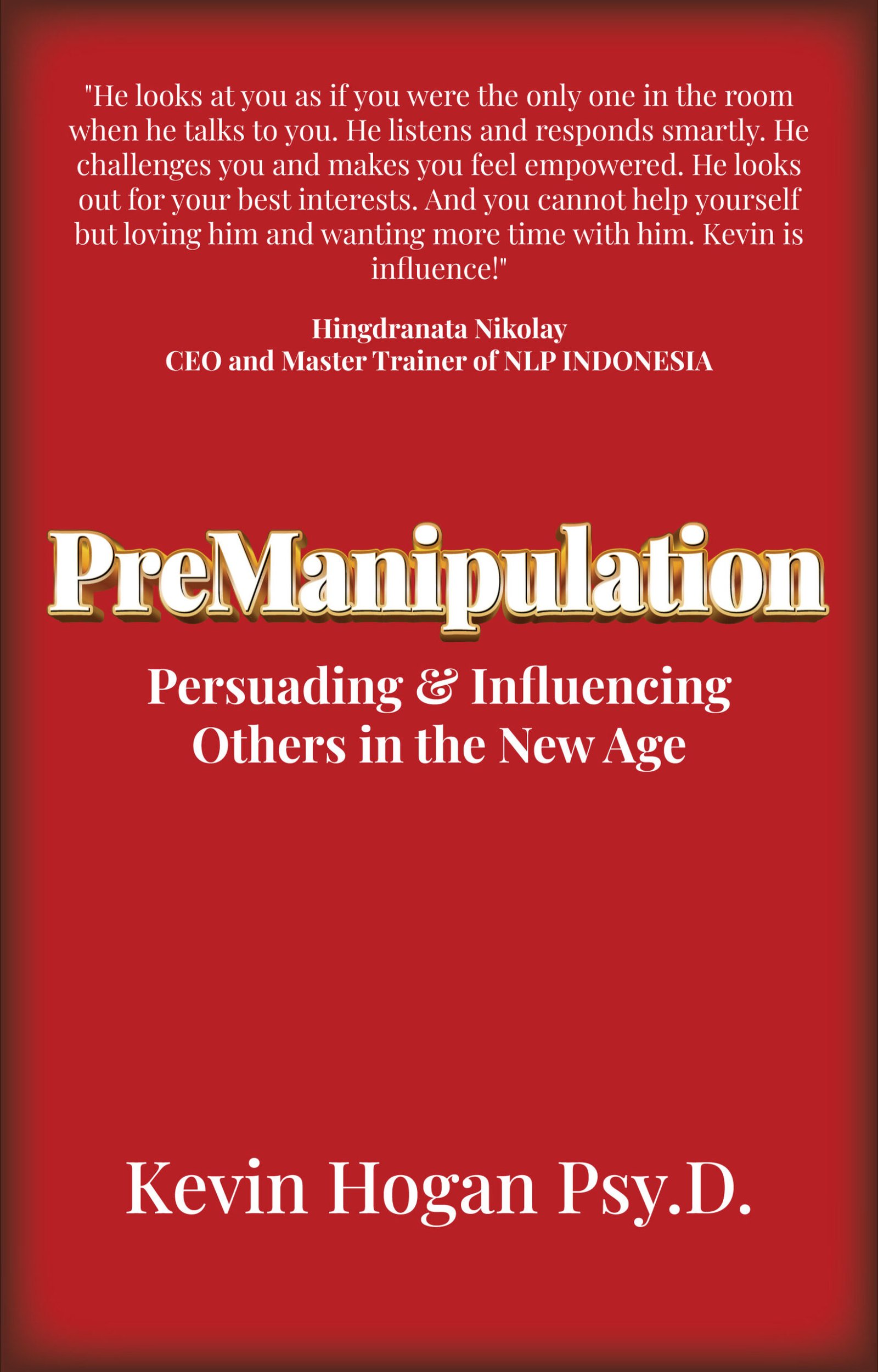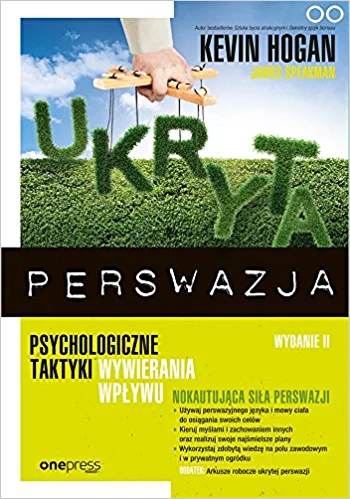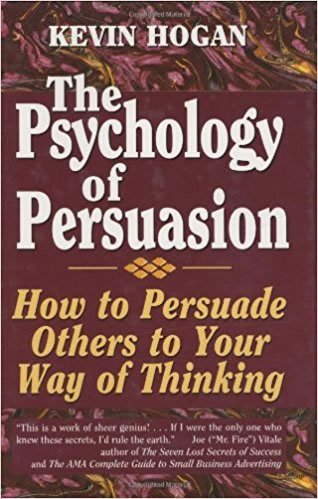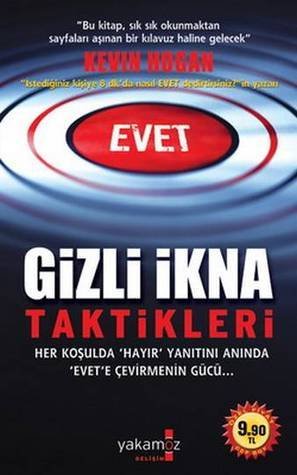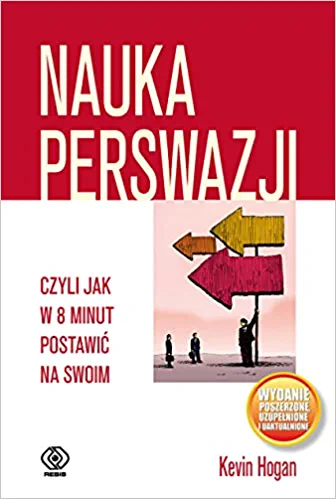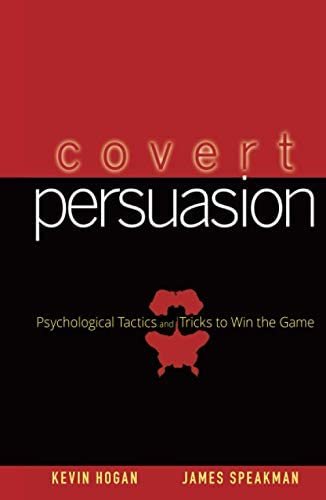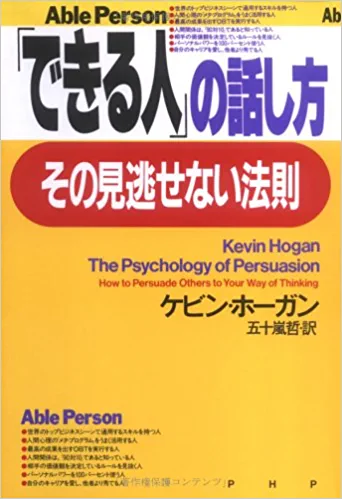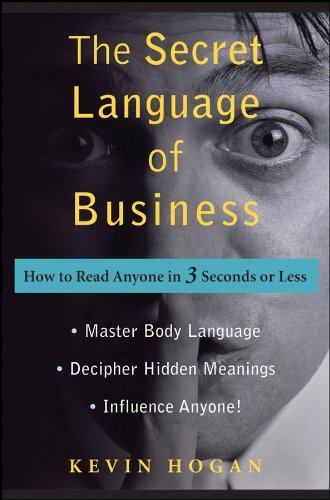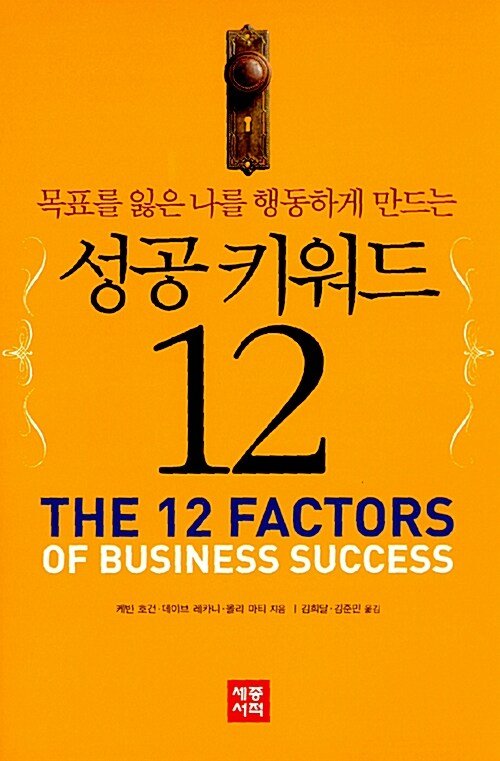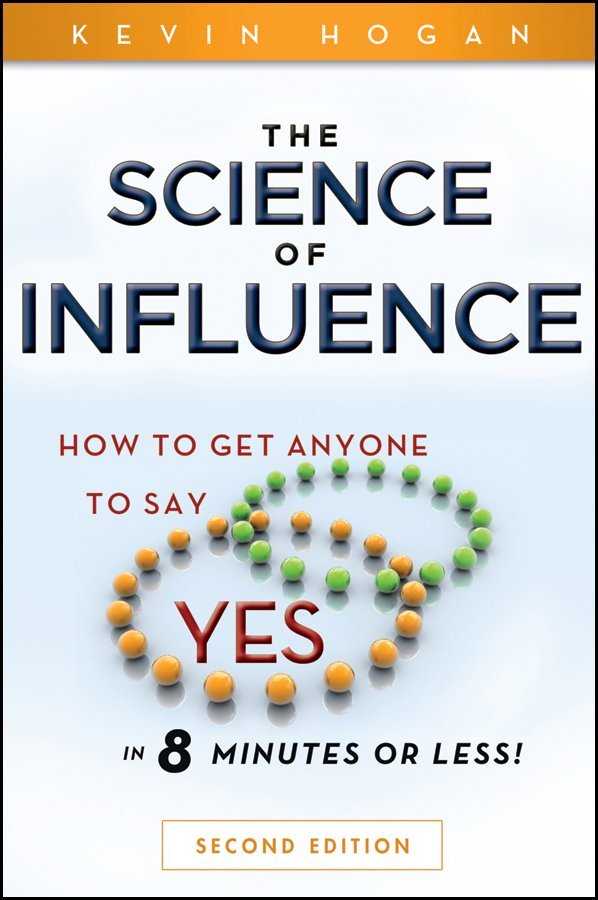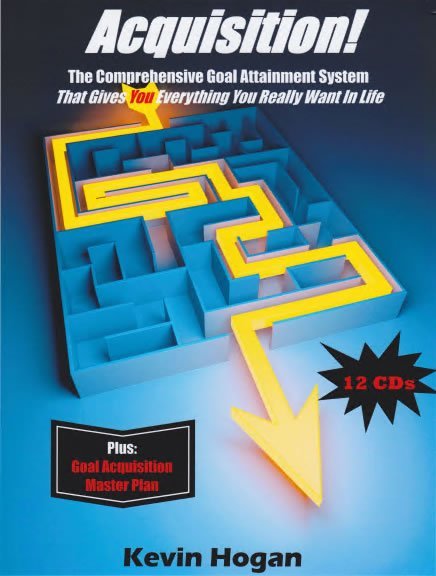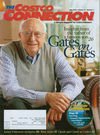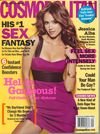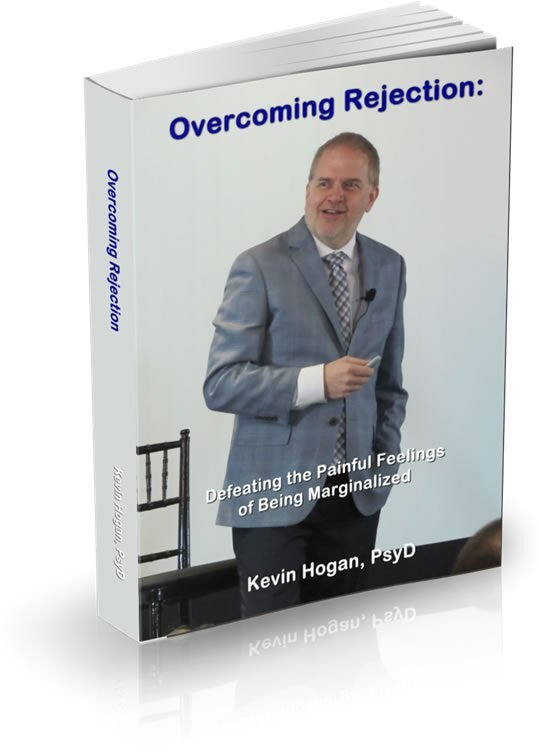Copywriting That Sells and Persuades in Video and Text
Part 3 of 5
Genesis: Creating Paragraph One
Headline, subhead, and all front matter is done. (Whew, that’s a couple of books right there to learn)
Now you are going to write to persuade. And the big picture is writing for the purpose of selling, marketing and/or persuasion. The principles will apply elsewhere but the specifics are written with the purpose of applying the principles to selling in video or text.
I used to think that it went without saying that you should write great copy and advertising only for the best of products and services.
And as I often have found, I was wrong.
Promotion Karma is simple: If someone sells and markets a crummy product, they should suffer eternally in promotional Hades.
Most copy I read is much better than the product it sells, and that bugs me.
It’s almost as if people write great copy and then create something to go with it. I’ll reserve examples for another day.
Writing Promotional Copy
The last two articles in this series focused on headlines and subheads. Today we get into your copy.
Writing copy which promotes great products and services is a process of putting together all the different parts into a working piece that is going to make the readers want to accept the offer that is being presented. The starting paragraph is where you will begin to cause the reader see why they must read the rest of the copy and ultimately why they would be crazy to do anything except accept the offer.
The Problem
Virtually every good sales letter begins –in one form or another – with an introduction of a problem.
- You’re not getting enough traffic to your site.
- Your list isn’t big enough.
- You still haven’t dropped that last 10 pounds.
- Your spouse wants a divorce.
- You can’t seem to manage your time.
- You’re not as good at tennis as you’d like to be.
- You’d like the flexibility of working from home.
- You’re really interested in homeschooling.
- You could be happier if just one thing changed.
Serious or trivial, stated positively or negatively, real or imagined, problems are the universal driving force behind many – if not most – decisions we make. We want to avoid them, correct them, minimize them or make up for them, but make no mistake about it, they have great influence in our lives.
We’d be happier without problems, or so we think. We’d at least try to give it a try. And, if we can’t completely eliminate our problems, it sure would be nice to have something really wonderful happening in our lives that would diminish or overshadow them. We all have things that we’d like to improve upon. Things we’d like to see changed to some degree. Things we’d like to make better.
So, one of the best ways you can begin your sales letter is to establish the fact that there is a problem that needs to be addressed. Generally, by telling some kind of story that allows you to identify with the reader and the problem they face.
Here’s a simple template for an opening.
————————-
You’ve probably figured it out by now
Chances are you’re not in their club, right?
You’re still working a “real job” 40+ hours a week while
Listen, I understand – it’s frustrating on the outside looking in.
But, what if I could change all of that for you?
————————-
Present the problem and empathize. Allow the reader to see that change is possible. It’s an easy transition from here to the next “part” of the sales letter…
The Product Now that you’ve established a problem, it’s time to share the solution – namely, what YOU have to offer in your solution.
Here’s where you reveal your “unique sales proposition” we talked about last week.
“You know how others ___________, well here’s what I do that’s different…”
Without being arrogant or prideful, it’s time to talk about yourself: your experiences, your knowledge, your secret weapon, your special way of doing things.
- Explain what you have to offer that will help the reader to solve the problem they are facing.
- Tell a story to explain HOW you found out what you’ll be sharing in your product.
- Empathize with the reader – you’ve been where they were and look at how things have changed since you made your discovery of what works…and it better work.
- Point out what makes you different than the rest of those out there who might be offering similar products.
- Refer to tips, strategies, practices, etc. that you reveal in your special report (without telling them exactly WHAT those items are, of course!)
- Mention specific results you’ve achieved by using the information included in your product/service. And don’t just make claims, PROVE them, which we’ll talk about next week…
Hooking the Reader
Your headline grabbed your reader’s attention. Now you need to hook your reader and reel him in using an engaging sales letter opener.
Tip: Each word you write and each sentence you create is designed to get the reader to keep reading. Think of your sales letter as a giant slide, with the headline at the top. You want your reader to keep sliding down your sales letter effortlessly, eagerly. You need to keep him reading all the way down to buy now.
Here’s what you need to accomplish with your opener:
- Present an Opportunity
- Develop Rapport with the Reader
- Are Conversational, Focused, and Simple
- May be the start of a well-told story
- May evoke emotional pain, disgust or anxiety
- Should make the reader nod in agreement
- Might Answer a question
Now, STOP. You want to be able to REMEMBER those possible ways to begin your introductory paragraph. If you simply breeze by those 7 megalithic options you might as well not read the rest of this article.
Beginning should foreshadow the ending.
Foreshadowing begins with the Proper Use of Open Loops
You can and should use “open loops” in copywriting. That means you leave a question or story open, and then close it later.
Before reading on watch this very 3 min. youtube video clip on Story Loops.
Story loops done well are effective. But it is possible to “lose” your reader by leaving too many open loops. I suggest you practice/utilize open loops later in your copy when you first start copywriting. It requires some practice to become effective at writing with open loops.
Legend Point:What seems clear to you as the writer is definitely not always clear as the reader.
In your first paragraph, you can explain the situation, or maybe ask further questions and then explain how the product you are promoting can help.
IMPORTANT: In my experience, asking too many questions can dilute the reader from a core concern. Sometimes sticking with one crucial question is very important to keeping attention, capturing concern and deterring departure to do something else.
When writing your first paragraph, it is important to stick to the main point. You always have to remain focused. You should also be thinking about how it will look and feel to the reader. Will they be interested enough to read the whole paragraph?
You don’t want people spending too much or too little time RE-reading your copy. The process needs to be very, very simple.
1) Read
2) Realize it’s obvious or not to do this.
3) Click out if it is not obvious to attend Boot Camp. (Person works for gov’t)
4) Register if it is the proverbial no-brainer. (Someone responsible for their own income today or in the future or they have an important use for being an influencer because they want to get THAT girl to say “yes” or similar.)
The point of the starting paragraph is to continue to intrigue the reader and draw them in. Most people who screw up, screw up in paragraph one.
When you’re checking your copy and you know something is wrong, it’s the headline, the subheads, the bullets, the offer, the guarantee or the first paragraph. That’s true 80+% of the time.
If you started strong with an eye catching headline and if your starting paragraph is not just as good, then you will lose the reader.
And think about it.
- You spend months or years on developing a brilliant product.
- You spend hours on a great headline and sub head.
- You screw it all up in paragraph one.
!
A captivated reader is going to keep reading.
Someone who keeps reading is likely to buy, but someone who clicks away half way through will not be buying anything.
That first paragraph needs to speak to the reader. It should be the part of the copy that captures the reader emotionally.
When screenwriters submit a query for a screenplay to a producer, this is analogous to “the hook.”
Getting that emotional connection is one way to hook the reader and it certainly is the best way in most cases.
People are emotionally driven.
If you can cause that emotional connection, then you will be much more likely keep them to the end.
Most people make purchases based upon their emotional instinct.
That’s a crummy strategy for making decisions, but at this point, your job is to run the movie that you’ve written, directed and produced.
Wire into the emotion and you will have a customer.
Make your copy all about the prospect.
Let me say this as plainly as possible: Your prospect cares about you only to the extent that they trust you and know you are for real. In other words. If you say it, it’s true. Mostly your future customer, reasonably, cares about himself. And he only cares about you or the product to the extent that you can help him.
You see, too many new marketers create copy that’s oriented towards themselves. The copy is full of the words “I”, “me”, “mine” and similar (instead of reader-oriented words like “you” and your”).
The sales letter is all about how wonderful the product is (“it took four years to develop!”) and how great the creator is (“10 years of experience!”).
Listen, your prospect only cares about those things if you can tie them into a benefit for him. Otherwise, you’re just massaging your own ego by including them.
Tip: This is human nature! The next time you’re talking to someone, look at what they’re doing. They’re probably nodding and listening, but what they’re really doing is waiting for their turn to talk. They want to talk about them and their problems, not you and your problems.
The same goes for your prospects. They don’t want to “listen” to you talking about you or the product. What they want to do is have a conversation about themselves.
So make your copy about your reader… and you’ll have a reader who can’t take his eyes off your letter!
Keep the reader interested. Your prospect is still reading because your headline piqued his interest. If you want to keep your reader interested, there must be a payoff in the opener of your sales letter.
This pay off may come in the form of an engaging (relevant) story that he can identify with, more information about the benefits he’s about to receive, or even a reminder of his problem and the pain it causes.
But the point is, the opener must be directly related to the headline, and it must hold his interest to keep him reading.
Tip: Here’s a way to keep your prospect reading: Tell a short story, but leave a cliffhanger.
For example, let’s suppose you’re selling a weight-loss program, so you’re telling the story of a former student (“Jim”) who lost a lot of weight. You’d tell the story of this student’s problem, how embarrassing it was and how your program solved his problem.
“Before I tell you what Jim’s ex-girlfriend said the next she saw him, let me show you how Jim lost those 47 pounds fast and easy…”
See how that works? You arouse curiosity by leaving the reader hanging and wondering what Jim’s e-girlfriend said. Doing so keeps the prospect reading, which gives you time to sell the prospect on the benefits of the program. (Just be sure to finish the story later in your sales letter.)
How should you start writing your starting paragraph?
Write your starting paragraph in a way that will speak to your reader.
Review the first paragraph a day after you write it, to be certain that it is easy to read. It needs to make sense. There can be no awkward elements in the paragraph. It is smooth.
Keep in mind that you still have a lot of other things to introduce in your copy, so keep it short. You want to avoid a very lengthy starting paragraph because all that tells readers is that the rest of copy is going to be just as long and most people are not willing to invest that much time in reading copy.
I like two sentences. If I use 3 sentences in a paragraph when I write copy, I know I am at risk for losing the reader.
You might be considering leaving copy if the first 3 sentences don’t entice and there are 3 still to be read.
BUT, if there are 3 sentences, and NONE to go the reader very well might move on with the hope that something significant will follow.
Copy is NOT literature. I’ve read copy that IS book length in word count. Generally it’s brilliant. But that’s still different from literature.
Literature has rules of grammar. Literature doesn’t use…ellipses. Literature has all kinds of…stuff…which doesn’t carry over to writing copy. It is a very different discipline.
Effective copy is usually comprised of lots of short sentences. Effective copy doesn’t read like a college text book. It probably shouldn’t be grammatically correct.
Copy is a movie with a score, special effects, flashbacks, foreshadowing and tension.
Using this more relaxed style of grammar makes it easier to read and understand. And it comes across in a more personal manner. That said, make sure you don’t sound like you are in third grade…
Make the letter appear easy to read. Remember earlier when I told you that people want quick and easy solutions? That applies to your sales letter too, meaning it should look like an easy read.
Here’s how:
• Write short sentences and paragraphs. Make sure your first line is just one short sentence.
• Use lots of white space.
• Break up long paragraphs by using Johnson Boxes, bulleted lists and similar.
• Insert bold sub-headlines throughout your letter, which allows a skimmer to quickly get the gist of your letter. You’ll also want to include a P.S. that reiterates your main benefit and creates a sense of urgency. (This is because a P.S. if one of the most-read parts of your sales letter, since people tend to read the headline, skim the copy and skip down to the P.S.)
When you’ve finished your letter, read it out loud. Or better yet, have someone else read it out loud to you. Doing so will help you uncover those parts of the letter that slow down the reader.
Show the reader you care (and that you understand the problem).
Your prospect has probably tried a lot of solutions, and she still has her problem. She’s beginning to think no one truly understands this problem (and perhaps no one cares).
Until now.
You should show her that you understand her problem by talking about the pain of the problem. Perhaps share a story that she can identify with (how someone just like her overcame the same problem). And let her know she’s about to get her solution (at last).
More about that in the next tip…
Push the reader’s hot buttons, making him feel the pain of his problem (and the joy of finding a solution).
People buy based on emotion and justify with logic. And that means you need to push your prospect’s emotional buttons if you want to make the sale.
One easy way to do this is by specifically asking your prospect to imagine how it feels to have his problem. (Then later, you ask him to imagine how good it will feel to have his problem solved.)
Here’s an example of asking the reader to relive the pain of an obesity problem:
“Do you remember the first time someone made you feel bad about your weight? Your face grew hot with embarrassment. You felt that catch in your throat. And for the first time, you really felt fat…”
Here’s an example of asking him to imagine what it will feel like after he’s taken your program:
“Imagine how you’ll feel seeing your ex-girlfriend’s jaw drops when she sees you with your shirt off.”
Tip: You’ll notice in the above example that I used the word “imagine.” You want your prospect to imagine receiving the benefits of your program.
When a prospect can imagine the benefits, it’s easier for him to make the buying decision.
That’s why car dealers are always so eager to get you behind the wheel for a test drive. They know that once you’re behind the wheel, you’ll start imagining owning the car. Doing so elicits a pleasant emotional response, which creates that overwhelming desire to purchase the car.
Same with your prospect. You need to get his imagination going to elicit that emotional response. Once he’s in an emotional state, you’re that much closer to making the sale.
You can and often MUST begin sentences with “and” and end them with “to” and if you do a) no one will “mark you down” for it, and b) you will convert more readers into fans.
Your starting paragraph really sets up your masterpiece.
Your headline grabs the reader, but the starting paragraph is what brings them into the copy. It is what makes them compelled to read on.
Starting paragraphs…
- May use ‘open loops’
- Stick to the point
- Intrigue the reader
- Are emotionally-driven
- Flow
- Are not too long
- Are conversational
- Are Compelling
How should you point out the benefits for your customer?
Benefits for Your Client/Customer
Using Bullet Points in Copywriting
Any copywriter who has been in the business long enough knows that bullet points are a big seller. Bullet points have many benefits to them. People respond to bullet points and they are often under utilized in copywriting.
One of the members of our Platinum Inner Circle told me in Las Vegas that they determine whether they will pick up something I’ve created completely on the bullet points!
Wow.
(Thanks, Craig!)
Bullet points are important to a copywriter. It can be very easy to overlook the significance of bullet points. Don’t.
When writing for the web, you will run into all types of readers.
Legend Point: The majority of online readers will look for headlines, sub headlines and other highlighted areas of text that stand out from the paragraphed text. These readers need bullet points.
Bullet points draw attention to your main points. If you really want to highlight something about your product then use bullet points to do so.
Some people think bullet points are too simple for their readers. Not true.
Any reader can benefit from having things simplified and spelled out in the way bullet points do.
Bullet points are most useful to call attention to the benefits of your product. You want to really highlight your product’s benefits. The benefits are a main selling point and they will be a big thing that will contribute to making sales.
Bullet points rank right up there with the headline as the most important aspects of your copy. Almost every reader will read them, so it is important when writing them to make sure they are well-written.
Your bullet points should be precise, pointed and each bullet point should cover one specific topic. The bullet points should be easy to read and should tell the reader something important.
I try to keep my bullet points on one line of text. If something goes beyond a single line it’s because it was virtually impossible to get it on one line.
Bullet points are basically highlights of important information. They are things the reader needs to know and wants to know. Bullet points do not contain filler or useless information.
When writing your bullet points you should write two to three dozen and then choose the best ones.
This will help to ensure that you use the best ones. It will also help you cause what the reader sees to be very specific and precise.
Here are some templates for bullet points.
* A list of powerful no-cost or low-costs tools to practically put your income-generating efforts on auto-pilot! No need for super expensive or fancy software needed to start building your own _!
* The truth about _, weekly, etc whether your goal _ or _.
* Why _, and _ have almost nothing to do with getting _ and _.
* How you’ve been working like clockwork for the 5,10, 20, even 30 years making _ BUT _.
* Revolutionary new _____that you can use to easily generate _____of _____ in your sleep, and where you can get _____.
* How to _____on the Web astonishingly fast – and _____
* Why you could just be one pay check away from financial disaster!
* 5 steps you can take right now to _!
* Zero In On The Most Lucrative _ In Minutes.
* Declare Your Independence From Programmers As You Discover How You Can Set Up Your Own _ In Minutes And Update _ In A Flash.
* You’ll discover how to use ‘Elance’ to attract huge numbers of clients in record time and which FIVE techniques will allow you to stand out from the crowd and successfully swipe all the business from under the noses of the cheap offshore SEO companies.
* How to decide _____ for your _____. I’ll show you how I _____ in a _____ period with a _____than I would have done for _____ — with the same _____!
* Slip these _____ before your _____ — and people will feel compelled to do exactly what you say. Master _____ emotional triggers that will arouse your _____ inner _____ .
* Where you can get a slice of many $800,000 niche markets almost nobody knows about…
* How to Effortlessly Create _ Applications Even if You Have NO Programming Skills
* Let’s say you’re just starting out, you have $150 a month spare to put into your business. Which route are you going to go with?
* Dominate your_____ with_____ that surround _____ with an invisible field of magnetism that very few people can resist.
* Learn the greatest hypnotic secret ever revealed – this is _____ that is absolutely indispensable as you embark on your _____
* Brainstorming niches — and a list of 17 “desperate buyer” words to use when you use Google to do your research…Using the automated method I have developed you simply pick how much revenue you want to earn, copy and paste a few things, and sit back and relax.
* Why You Should Almost Never Use Joint Tenancy To Own Your Assets!
* Own _____seductive _____ that will pull _____ directly into your _____.
* _____ hidden commands that are so good, _____won’t even realize you are secretly commanding them.
* The Amazingly Simple Steps You Must Take Now To Avoid Wasting Thousands Of Dollars In
* Needless _ Later On!
* 78% Of The TOP _ Shared The EXACT Same Values!
* You don’t need to create your own _…
* You don’t need to create a _!
* How to get _____ of other people _____for you in just a matter of _____ without spending one red cent!
* An easy-to-setup,_____ for _____to draw _____like honey attracts flies.
Those are some examples of bullets, or templates for bullets. Want some tips for writing great bullet points?
Here are some tips for writing great bullet points:
- Each bullet point should highlight one specific thing about the product. That is the point of bullet points. Highlight a benefit or feature.
- Keep the bullet points short. You do not want to go into a long drawn out explanation. That is the job of the rest of your text. Just keep it simple.
- You do not have to write perfect sentences. You can use fragments or other grammatically incorrect ways of saying what you need to. Just make sure the general grammar is correct. That means I want you to use the same tenses and pronouns UNLESS there is a strategic purpose to do otherwise.
You are aiming to write bullet points that will accomplish something more than informing the skimming reader. Your bullet points should, ultimately, get the reader to either read the rest of the copy or head to the buy now button. This is what you have to keep in mind when writing bullet points.
You do NOT want your bullet points to just end up being filler material. When you use bullet points, the content must be something interesting and something of value. Do not just use bullet points for the sake of using bullet points.
When a reader sees a bullet point, it is a clue to them that the information is important and that it is worth reading. They catch their eye and the reader will read them as long as they are not too wordy or boring.
The way you write your bullet points is almost as important as using them in the in the first place.
Keep in mind that bullet points are an extra addition to your copy. They should not become the focal point or take over the copy. They are simply an aid to get people reading your copy.
Bullet points will draw in the people who simply skim when reading online. They will also breakup the copy and make it look more interesting to read.
Bullet Points:
- Highlight something about your product
- Are aimed at informing the skimming reader
- Gets the reader to read the rest of the copy
- Are interesting and of value (not filler)
- Are not too wordy or boring
- Should not overtake your copy
- Breaks up the copy and makes it interesting to read
Use bullet points in your copy, but use them wisely. You should follow the basic guidelines for writing bullet points and you should make sure they are adding to the copy rather than just taking up space. When used correctly, bullet points can be a big copy helper.

